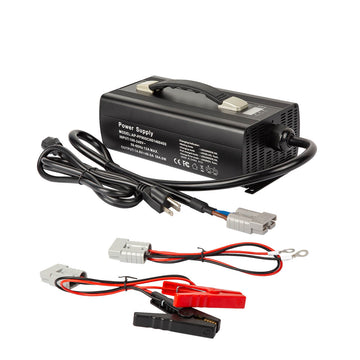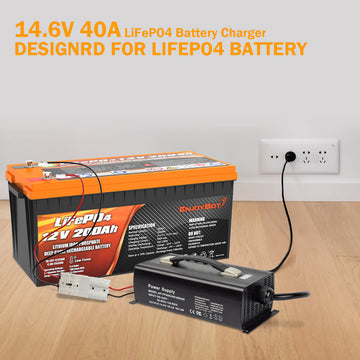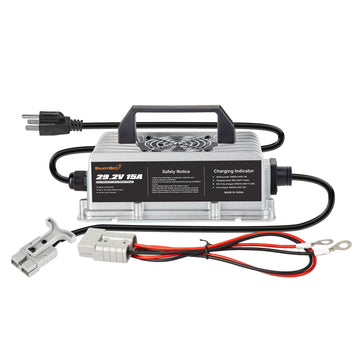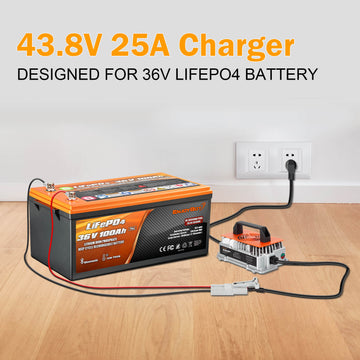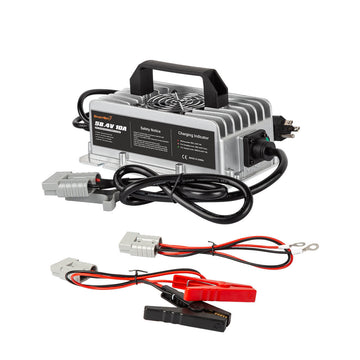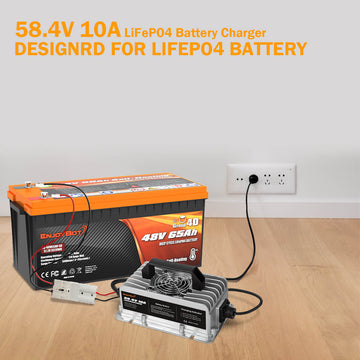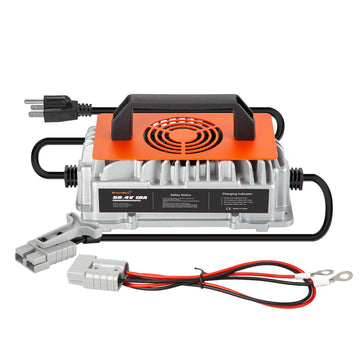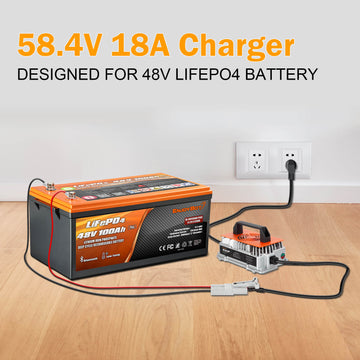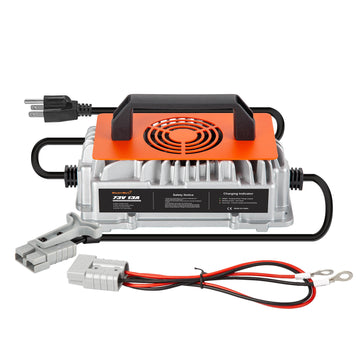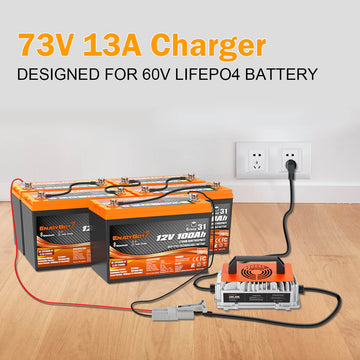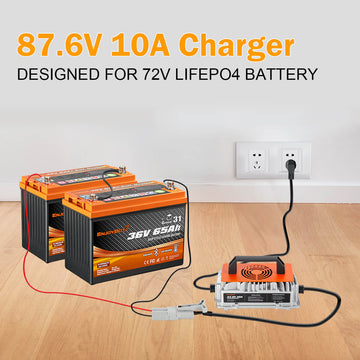How to Charge a Battery from a Solar Panel
How to Charge a Battery from a Solar Panel
Charging your batteries with solar panels is a great way to use clean, renewable energy. However, before you can get started, you will need to install a charge controller, which regulates the voltage from solar panels as they are transferred to batteries. Otherwise, on sunny days, solar panels may produce more energy than your batteries can handle, which can damage batteries. Fortunately, this is an easy process that will let you charging your batteries in no time.
Purchasing a Solar Charge Controller
Firstly
Check the back of your panels for the wattage. Typically, there should be a sticker on the back of your solar panels that list the watts that it will produce. For example, you might see 300 watts listed on the back of your panel, which means the array produces 300W of energy. If you don’t have one of those or you built your own solar array, you can use a multimeter to measure the wattage output of your solar panel when it is in the full sun.
Solar panels are designed to produce more power than the voltage they are rated for. For instance, solar power designed for a 12 volts output might actually produce 17 volts of power. That is because they will only produce their maximum voltages under ideal conditions.
If solar panels produce more power than batteries can handle, then batteries may be able to overcharge and be damaged. A solar charge controller can help prevent this from occurring.

Secondly
Divide solar watts rating by the voltage of batteries. You can usually find out the voltage listed on the battery itself. Divide this number into the wattage that was listed on the back of the solar panels. This will give you the amps that your charge controller needs to be able to handle in order to safely charge batteries. Often, solar charge controllers will be rated in multiples of 30 amps, so when you get numbers, round up to the next highest rating.
For example, if your solar panel is 300 watts and you want to charge a 12 volts battery, you could divide 300W by 12V to get 25 amps. In that case, you could get a charge controller rated for 30 amps.
Thirdly
Selecting an MPPT solar charge controller for better efficiency. There are two main types of solar charge controllers: MPPT (Maximum Power Point Tracking) and PWM (Pulse Width Modulation). Both will regulate the maximum voltage that solar panels can deliver to your batteries, but an MPPT solar charge controller can be up to 30 percent more effective at storing and transferring energy than PWM models. Additionally, you can directly use MPPT charge controllers with strings of solar panels, but not PWM controllers. While these options are more expensive than PWM models, but the increased energy efficiency can quickly make up for the price difference.

Fourthly
Purchase a PWM solar charge controller for a budget-friendly option. If you are just starting to experiment with solar power, a PWM solar charge controller can be a good point of entry. These charge controllers use pulses of energy to charge batteries, and they monitor the power in the batteries to ensure it is not overcharged.
Tips: The process for installing these charge controllers is the same, so if you are starting off with a PWM model and decide you want to upgrade to an MPPT, they will be easy to switch out.
Method
Firstly
Setting up the Solar Charge Controller
Mount the solar charge controller somewhere grounded and out of the elements. Solar charge controllers are not weather-proof, so they shouldn’t be installed outside, even if your solar panels are permanently mounted in place. Instead, find an out-of-the-way place to install the solar charge controller, then run wires from the panel to the controller.
It is always safest to mount electrical equipment to a non-conductive material, like a PVC panel or a piece of wood, rather than installing it on a metal surface.
Secondly
Connecting a positive and a negative wire to your batteries. You can either do this by wrapping bare wires around battery posts, securing the wires to the posts with clamps, or by using wires with ring connectors that fit over the posts. However, keep in mind that it is safest if you have a way to tell the positive and negative wires apart.
For instance, you may want to use a red wire as your hot wire and a black one for the negative, or you can also use a solid black wire for the negative and a black wire with words printed on it for the positive side.
Of course, if your battery bank already has wires attached, you don't need to connect new wires to the battery first.
Warning: In order to prevent a sudden surge from damaging the solar charge controller, it is best to connect the battery before the solar panel.
Thirdly
Slide the ends of the wires into the input ports on the solar charge controller. The ends of the wires that plug into the solar charge controller typically don't need to be fitted with any type of connector. Instead, slide the ends of the bares positive wire and negative wire into the corresponding ports, then use a screwdriver to tighten the screws that secure the wires in place.
Take care to match up the positive and negative cables with the appropriate ports, or you could short out your batteries or charge controller.

Fourthly
Using MC4 connectors to connect the wires to solar charge controllers. The output wires on solar panels are typically fitted with MC4 connectors, which are long cylindrical fittings that have both male and female sides.
In order to ensure they connect properly, fit the wires running from your charge connector with MC4 connectors. Attach the bare ends of the input wires to the charge connector the same way that you attached the output wires—slide them into the input ports and tighten those screws with a screwdriver.
You can find these connectors wherever electrical or solar suppliers are sold, and they should come with specific instructions on how to attach them to the wires.
Fifthly
Connecting the wires from the charge controller to the solar panel. Once you have attached the input wires to the charge connector, you need to have two loose wires, each ending in an MC4 connector. Match up the male and female connectors with the opposite ones that come away from the solar panel, and snap the MC4 connectors into place. You should hear a click when the connectors are securely seated.
Be sure to connect the male connector to the female connector and vice versa.
You can never be too careful when you are working with electricity. Take the time to double-check that the positive and negative cables are matched up properly.

Sixth
Check the output on the charge connector to make sure it is working. Most charge connectors have a digital screen that will show you the output that is flowing to the battery. If the readings are zero, please double-check that everything is hooked up correctly.
Some charge connectors can even communicate with an app, so you can monitor the voltage from your smartphone or tablet.
Seventh
Leave the battery on the connector until it is charged. The length of time it will take to charge your batteries will depend on the size of the batteries you are using, the wattage of the solar panel, and even the weather that day. That is where your digital display will come in handy. When you notice the output dropping, it is likely that the batteries are close to fully charged.
Since the charge connector will stop the flow of energy to batteries once it is charged, it is fine to leave it on the charger until you need it.

Conclusion
In recent years, solar panels have become a great renewable green energy source. Typically, one of the most common things you can do with a solar panel is to charge batteries with it. The solar panel converts sunlight into DC electricity to charge batteries. This DC electricity is fed to batteries via a solar charge controller, which ensures the battery is charged properly and not damaged.

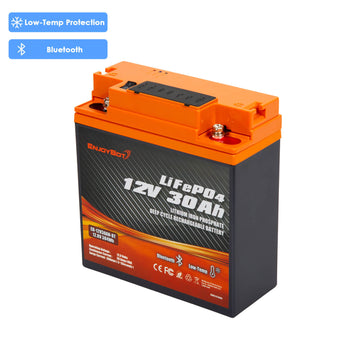
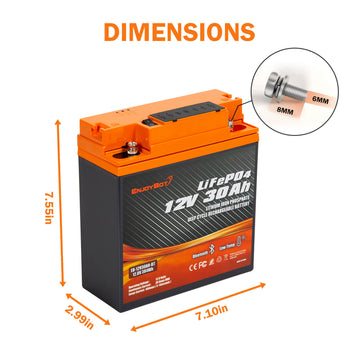
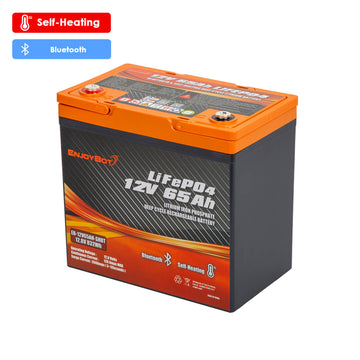
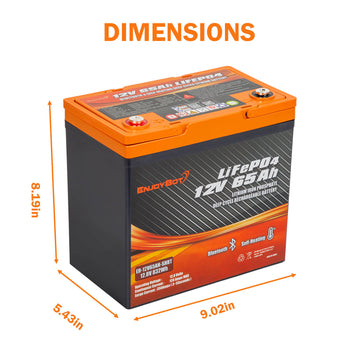
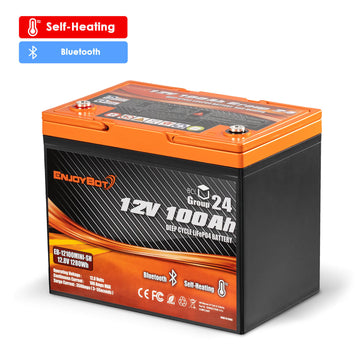
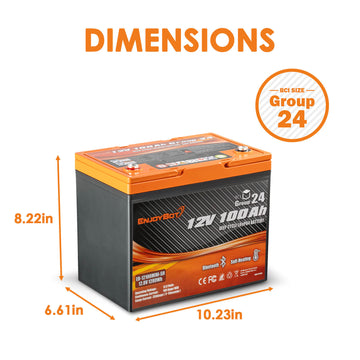

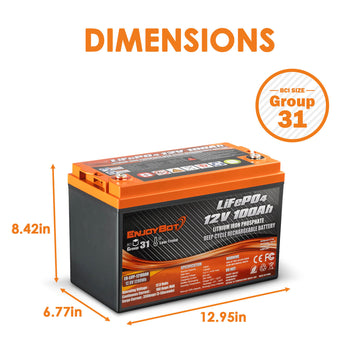

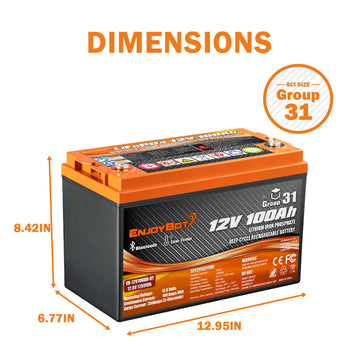

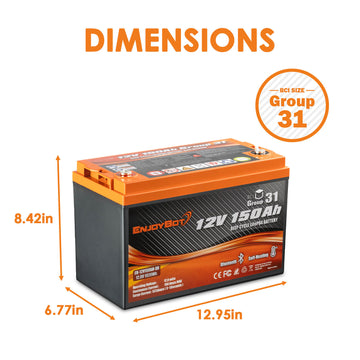



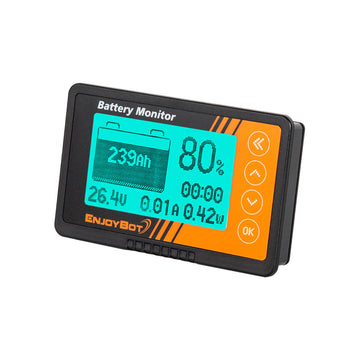
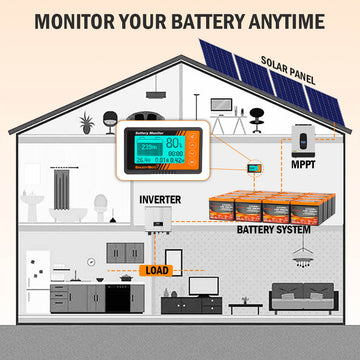
![[Upgraded Version] Enjoybot 14.6V 20A Waterproof Mountable LiFePO4 Lithium Battery Charger For 12V LiFePO4 Battery](http://enjoybotbattery.myshopify.com/cdn/shop/files/14.6V_20A_Waterproof_Battery_Charger_1_360x.jpg?v=1752565609)
![[Upgraded Version] Enjoybot 14.6V 20A Waterproof Mountable LiFePO4 Lithium Battery Charger For 12V LiFePO4 Battery](http://enjoybotbattery.myshopify.com/cdn/shop/files/14.6V_20A_Waterproof_Battery_Charger_2_360x.jpg?v=1752637374)
